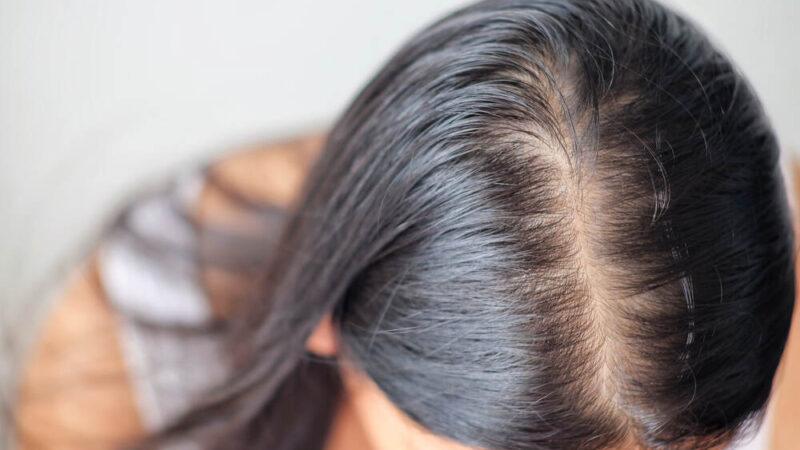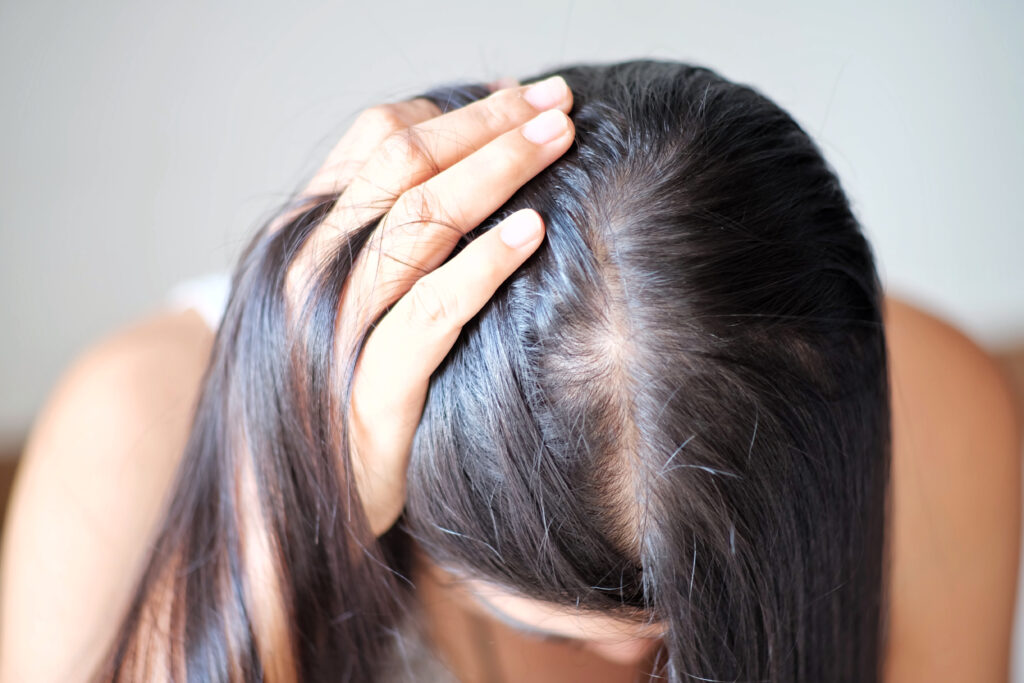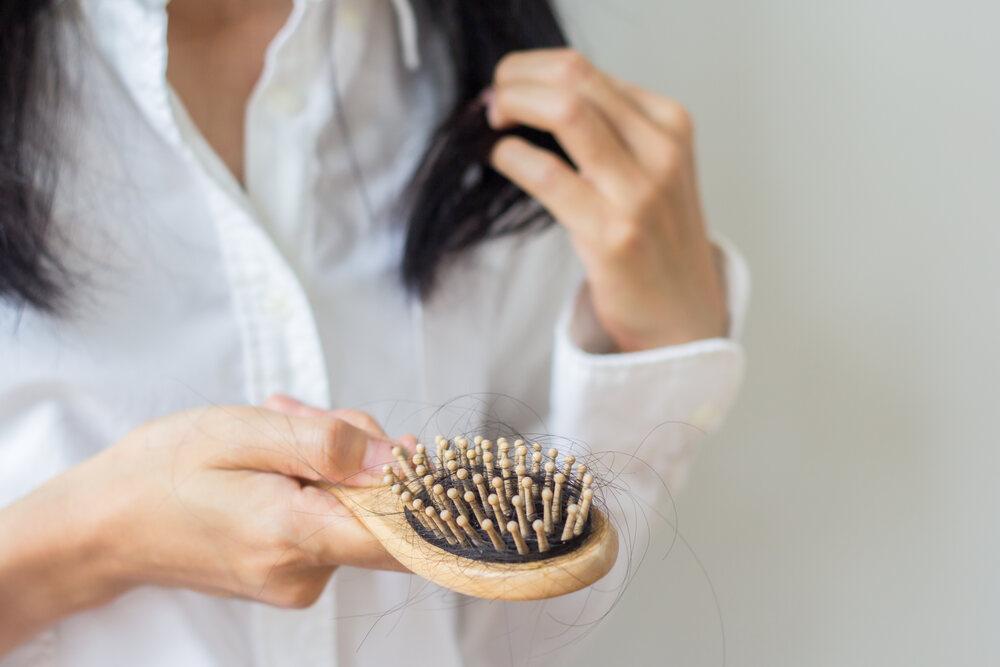
Female Hair Loss Causes and Solutions
Find out why hair transplantation is an ideal solution for females who experience excessive hair loss and baldness in the middle of the head.

Find out why hair transplantation is an ideal solution for females who experience excessive hair loss and baldness in the middle of the head.

It may not be as common, but like men, women also sometimes find that they are losing hair in the middle of their scalp. Pronounced hair loss or alopecia can affect a woman’s self-confidence and well-being, so exploring treatments such as hair transplantations for female hair loss is important.

A common type of hair loss in women is androgenetic alopecia or female pattern hair loss, which involves the overproduction of androgen male sex hormones that regulate hair growth. Signs of androgenetic alopecia include hair falling out or breaking off in large amounts daily, then a gradual thinning at the part line until there’s a noticeable patch of missing hair, often on the top of the head. The scalp usually becomes visible through the area with thinning hair.
Several factors can cause female hair loss:
Women have a higher risk of developing female pattern hair loss if hereditary baldness occurs among close female relatives as they age.
As the body ages, so do the hair follicles on the scalp, which eventually slow down and stop growing. When the hair is no longer replaced as frequently as it’s shed, the amount of hair on the scalp becomes less, hence the thinning appearance.
Women going through pregnancy or menopause and girls undergoing precocious or early puberty will likely experience hair loss. Having hormonal imbalances caused by conditions such as polycystic ovary syndrome or thyroid disease can also affect hair loss.
Hair loss may result from taking certain medications, such as those for blood pressure or gout, or too many supplements, such as vitamin A. Cancer patients undergoing chemotherapy or radiation treatments also temporarily experience hair loss.
Extreme emotional or physical stress can affect the body, which can cause excessive hair loss.
Women with anemia or those who bleed excessively during menstruation may have an iron deficiency that puts them at risk of female pattern hair loss. Those lacking in protein and vitamin B12 may suffer from excessive hair loss as well.
A few things can be done to lessen female hair loss. Avoid over-styling your hair, stop smoking, reduce vitamin A intake, and have a diet high in biotin, a B vitamin that promotes hair growth. People with an iron deficiency can take iron supplements to help fulfill the body’s mineral requirement and possibly lessen hair loss.
Doctors typically prescribe medication to treat female hair loss. Minoxidil is a generic drug that’s applied directly to the scalp to stimulate hair growth. Anti-androgen drugs can also help suppress androgen, which includes male sex hormones like dihydrotestosterone that cause hair strands to grow smaller and thinner, and eventually stop growing.

For patients who have tried all sorts of treatments but to no avail, it’s time to consider hair transplantation. While it is regarded as a more aggressive treatment option, it has also been shown to be most effective.
The process of hair transplantation involves a technique called follicular unit transplantation (FUT) or strip surgery, where a narrow strip of scalp is removed from the back of the head (the area where hair is not thinning), and the skin dissected under a microscope to produce hair grafts for transplantation. The strip is removed and the skin is sutured, resulting in a fine, barely visible horizontal scar.
Follicular unit excision (FUE) is a newer method of harvesting hair grafts by excising each individual hair follicle from the donor area. Only small circular scars remain in the donor area for this procedure since no sutures are needed. FUT and FUE are excellent ways to extract hair grafts, both offering natural-looking results.
While these procedures are performed under local anesthesia, experience is needed to make it as painless as possible. When performed by an experienced surgeon, hair transplantation is a safe procedure with a low risk of complications or infections.
Our board-certified surgeons at Bangkok Hair Clinic have in-depth knowledge of the latest and most effective treatments and procedures to design the best hair loss treatment plan for you.
The advantage of going to a clinic specializing in hair transplantation is that the surgeons are experts at what they do. During a consultation, our surgeon will thoroughly examine your scalp and assess the hairline, donor area, and other characteristics, such as the color and texture of your hair.
If hair transplantation is recommended, our surgeons will help you visualize your new hairline and explain how the hair grafts will look once they’ve grown. The design is based on a patient’s unique facial features and natural hairline to ensure the new hairline looks natural too.
After the procedure, our doctors will guide you through the after-care process to get the best results.
We understand that losing hair in the middle of the scalp can be devastating. With our expertise in designing hair, there’s no better place than Bangkok Hair Clinic to regain permanent, natural-looking hair. Book a free consultation with one of our expert surgeons today.